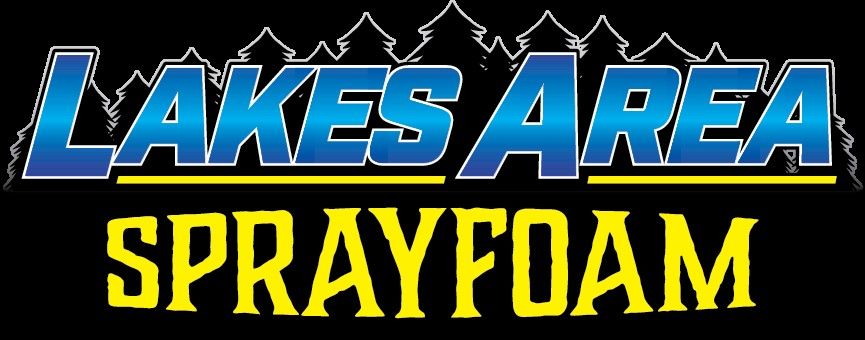VAPOR RETARDER & VAPOR BARRIER
Vapor retarder and vapor barrier are two terms used to describe materials that control moisture movement through building materials. The main differences between vapor retarders and vapor barriers are:
- Vapor Retarders only slow the movement of moisture through the material, while vapor barriers don’t allow moisture to pass through.
- Vapor retarders have a perm level between 0.1 and 1, while vapor barriers have a permeability level (less or equal to) 0.1 perm.
- Vapor barriers are more effective than vapor retarders in moisture control.
In most U.S. climates, vapor barriers, or -- more accurately -- vapor diffusion retarders (vapor retarders), should be part of a moisture control strategy for a home. A vapor retarder is a material that reduces the rate at which water vapor can move through a material. The older term "vapor barrier" is still used even though "vapor retarder" is more accurate.
The ability of a material to retard the diffusion of water vapor is measured in units known as "perms" or permeability. The International Residential Code describes three classes of water vapor retarders:
Class I vapor retarders (0.1 perms or less):
- Glass
- Sheet metal
- Polyethylene sheet
- Rubber membrane
Class II vapor retarders (greater than 0.1 perms and less than or equal to 1.0 perms):
- Unfaced expanded or extruded polystyrene
- 30-pound asphalt coated paper
- Plywood
- Bitumen coated kraft paper
Class III vapor retarders (greater than 1.0 perms and less than or equal to 10 perms):
- Gypsum board
- Fiberglass insulation (unfaced)
- Cellulose insulation
- Board lumber
- Concrete block
- Brick
- 15-pound asphalt coated paper
- House wrap
Vapor retarders can help control moisture in:
- Basements
- Ceilings
- Crawlspaces
- Floors
- Slab-on-grade foundations
- Walls
Effective moisture control in these areas and throughout a home must also include air-sealing gaps in the structure, not just the use of a vapor retarder. How, where, and whether you need a vapor retarder depends on the climate and the construction of your home.
Types of Vapor Retarders
Vapor retarders are typically available as membranes or coatings. Membranes are generally thin, flexible materials, but also include thicker sheet materials sometimes called "structural" vapor retarders. Materials such as rigid foam insulation, reinforced plastics, aluminum, and stainless steel are relatively resistant to water vapor diffusion. These types of vapor retarders are usually mechanically fastened and sealed at the joints.
Thinner membrane types come in rolls or as integral parts of building materials. Common examples include polyethylene sheeting and aluminum- or paper-faced fiberglass roll insulation. Another type is foil-backed wallboard. Most paint-like coatings also retard vapor diffusion.
Location
Lake Area Spray Foam
29240 Patriot Ave S, Suite A
Pequot Lakes, MN, 56472
Contact Us
(218) 866-2100
lakesareasprayfoam@gmail.com
All Rights Reserved | Lake Area Spray Foam
